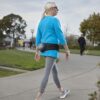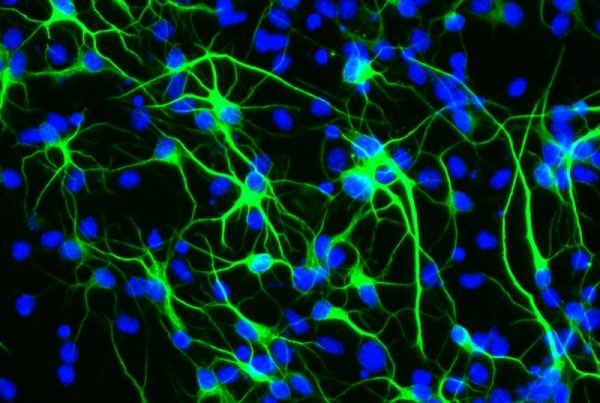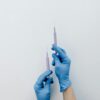In an increasingly digitized world where we spend a large majority of our time interacting with technology and staring at our screens, it may be time to unplug and indulge in some art. Whether it’s drawing, visiting an art gallery, or humming in the shower, neuroscientist Dr. Tara Swart reminded the audience at WHX Thrive that embracing art could be the key to living a fulfilling life.
Neuroaesthetics: The Science of Beauty, Longevity, and the Brain at WHX Thrive
From September 2 to 4 in Cape Town, Thrive by WHX, South Africa’s premier health and wellness experience, took place, featuring a range of wellness activations and incredible conferences, including the World Longevity Summit. The conference featured visionaries, clinicians, researchers, and thought leaders at the forefront of the longevity revolution, including Dr. Swart, who unpacked the science behind neuroaesthetics.
Neuroaesthetics is the scientific study of aesthetic experiences, such as beauty, art, music, creativity, and nature, and how they affect the brain and body. Dr. Swart not only unpacked this science, but she also detailed how engaging with the arts and natural beauty can be emotionally enriching and also biologically transformative.
“People who engage with the arts and culture every 2–3 months reduce their risk of early death by 31%, and people who engage just once or twice a year lower the risk by 14%.”
 In explaining the science behind this, Dr. Swart reveals that creating, observing, or interacting with art results in reduced cortisol levels. As the body’s primary stress hormone, elevated levels of cortisol have been linked to chronic conditions like hypertension, type 2 diabetes, abdominal weight gain, and even osteoporosis.
In explaining the science behind this, Dr. Swart reveals that creating, observing, or interacting with art results in reduced cortisol levels. As the body’s primary stress hormone, elevated levels of cortisol have been linked to chronic conditions like hypertension, type 2 diabetes, abdominal weight gain, and even osteoporosis.
On the flip side, embracing art can increase levels of the ‘love hormone’ oxytocin, which can help to relieve oxidative stress levels and thus improve longevity,
“Art moves your whole nervous system from the fight-or-flight state into the relaxation state,” says Swart, adding that it also includes reduced blood pressure, heart rate, and respiratory rate. “Usually in modern life, we are quite stressed all the time, so this is a really easy way to access that other state of being.”
Creativity for Human Survival and Connection
Speaking more on the neurological benefits of art, Dr. Swart points out how it’s been a staple of human existence for centuries,
“Our ancestors carved patterns into ostrich shells 85,000 years ago, painted their bodies with ochre 120,000 years ago, and over 500,000 years ago we made tools that were more symmetrical than necessary,” she says.
So if our priorities millennia ago were about simple survival, and we still found the time to be creative, why not do the same now?
Yet, with more technology has come an overexposure of different artistic media, not all of which can be considered ‘wholesome’. So, what if you enjoy indulging in the occasional horror film, much like myself and Dr. Swart?
“Simply be mindful of the emotional impact that it’s having on you,” she cautions, adding that she limits her exposure to ‘rough’ music during the mornings, opting for classical or calmer music, before switching it up in the evenings.
As for whether you’re not a creative person, Dr. Swart quickly points out that you don’t need to be a qualified illustrator for your brain to reap the neurological benefits. In fact, while the benefits of creating and observing art are different, they are equally significant.
Also, finding other creatives and engaging in community can add another layer of neurological benefits to art.
“When you have a shared experience, you tend to experience similar emotions and bond, and this can sometimes create entrainment,” reveals Swart, “This is where your heart rate and your breathing rate align with the people around you, and that makes people more cooperative.”
Considering how community is an integral part of Blue Zones, and how past research has shown that entrainment can help improve mental well-being, joining an art class could be the best thing you’ve done for your health.
Nonetheless, Dr. Swart emphasizes that any art is better than no art, even if done alone,
“I’d rather you were doing art at home alone than not doing it at all.”
Nature: Natural Neuroaesthetics
If we had to find the ultimate neuroaesthetics engagement, we can look no further than our closer park, especially with Dr. Swart describing nature as “the palette we’ve evolved in.”
Speaking more on the effect that our colorful surroundings can have on our brains, she references the groundbreaking research performed by neuroscientist Marian Diamond.
Diamond, who passed away at the age of 90, used rats to explore how enriched or deprived environments can influence our brains. Diamond and her colleagues placed one group in an enriched environment filled with toys and space to play, and the other in a deprived environment, which was a small, empty cage. Per the findings, originally published in 1964, the rats that were placed in the enriched environments developed brains that were 6% larger than those raised in the less joyful environments.
“That means that if we don’t expose ourselves to novelty, beauty, curiosity, or bring nature into our home environment, we may be shrinking our own brains.”
Now, if we’re looking to enjoy nature, that means building greener cities, and Swart believes that neuroaesthetics has the potential to reshape how we design our environments. Take Singapore, for instance.
“Singapore has made itself into a Blue Zone, and the main elements were all these natural roofs and walls in the concrete jungle – complete buildings covered in grass and plants,” says Swart, before adding that the country also adopts a sense of community, which is another factor that has helped the population age well.
She further adds that adopting this biophilic design can help to combat the health strains associated with living in a ‘concrete jungle’, such as New York City, where social designs influence the environment.
“I was recently there in the summer, and it was like the tropics – it was unbearable,” she reveals, before predicting that future urban planning may borrow from Singapore to better manage the temperatures.
Connecting to Beauty and Creativity
If you’re looking to become more creative and connect to the surrounding beauty, you may be unsure of where to begin. If that’s the case, Dr. Swart micro-tweaks, whereby you change ten things by one percent, instead of one thing by ten percent.
With that, she shares a list of ideas for better creativity and improved beauty:
- Bring nature indoors – Add a plant or vase of flowers to your space
- Draw something – anything
- Sing in the shower – The more off-key, the better
- Dance in your living room – It’s a great way to boost your mental health
- Visit a gallery or sculpture park – Many are free
- Listen to uplifting music – Curate your care-free playlist
- Read fiction – It increases the connection between the right and left halves of the brain and makes you better equipped to solve problems better
- Dress creatively – Self-expression is a form of creativity
- Take a nature walk – Birdwatching can help you get your steps in
- Reconnect with childhood joys – What did you love as a kid?
Watch Dr. Tara Swart
Dr. Tara Swart is a neuroscientist, medical doctor, executive advisor, Senior Lecturer at MIT Sloan, podcaster and author of best-seller ‘The Source’ which has translations in 38 global territories. Her new book ‘The Signs’ will be published on the 16th September 2025, which explores the lost art of listening to your intuition.
Tara’s work focuses on bridging neuroscience with spirituality and intuition, breaking down complex neuroscience topics that help individuals drive actionable change and transformation. She is passionate about empowering individuals to unlock their full potential by understanding how the brain connects with intuition, beauty and emotional intelligence. At a time when many are seeking meaning, she leads a cultural movement that places consciousness, creativity, and healing at the heart of wellbeing – helping others trust their inner wisdom and live with clarity, connection, and confidence.
In the below interview, Dr. Tara Swart Bieber uses her expertise in neuroscience and mental resilience to delve into how we have 34 senses, not 5, and how grief cracked open her consciousness to better communicate with her late husband.
References
Diamond Mc, Krech D, Rosenzweig Mr. The Effects Of An Enriched Environment On The Histology Of The Rat Cerebral Cortex. J Comp Neurol. 1964 Aug;123:111-20. doi: 10.1002/cne.901230110. PMID: 14199261.
Yadav, G.S., Cidral-Filho, F.J. and Iyer, R.B. (2021). Using Heartfulness Meditation and Brainwave Entrainment to Improve Teenage Mental Wellbeing. Frontiers in Psychology, 12(12). doi:https://doi.org/10.3389/fpsyg.2021.742892.

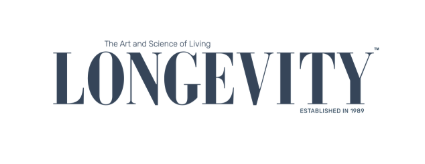
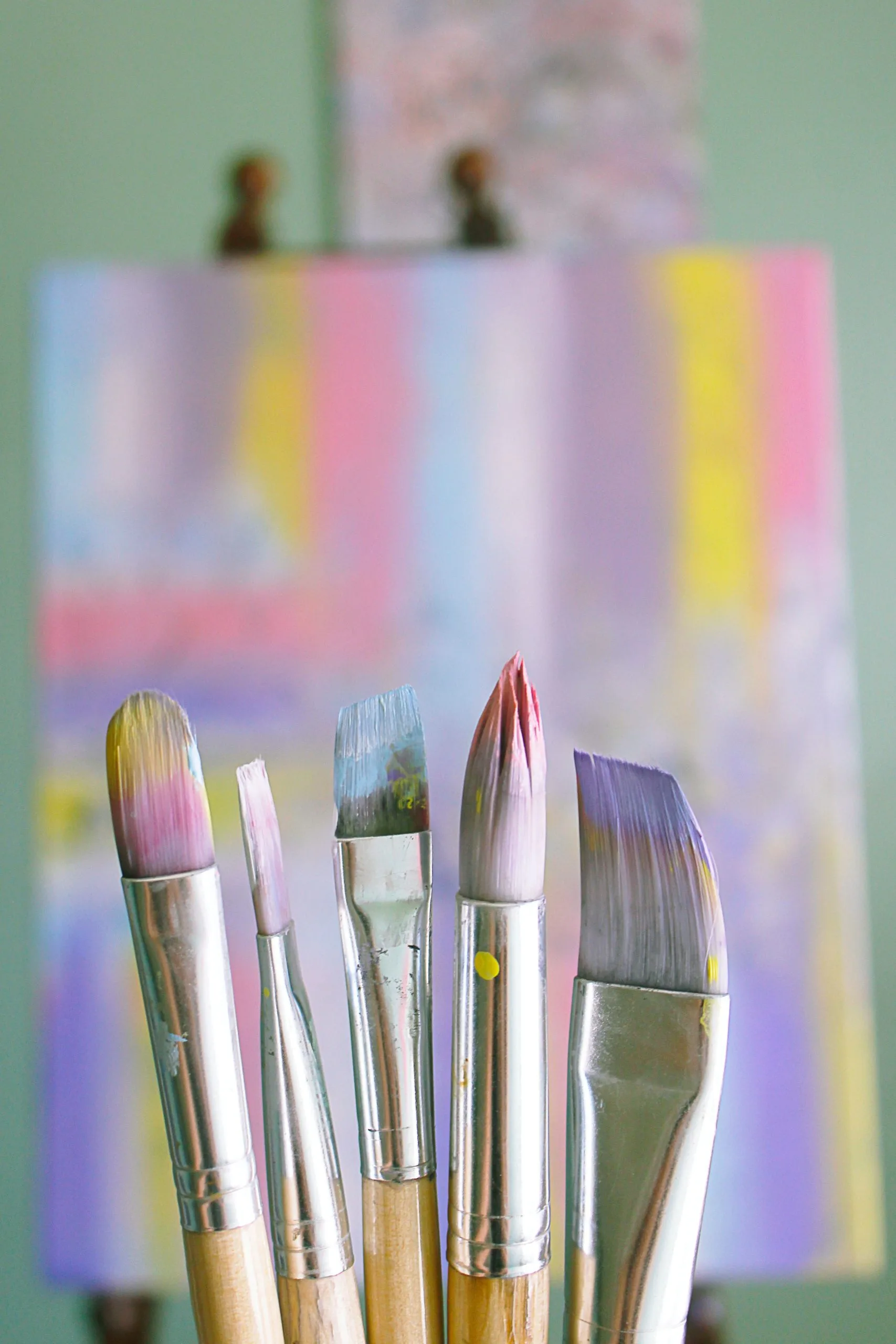
![women [longevity live]](https://longevitylive.com/wp-content/uploads/2020/01/photo-of-women-walking-down-the-street-1116984-100x100.jpg)


